A lot of the ground we live on is polluted. More than a third of our soils are moderately or heavily degraded; heavy metals such as lead are increasingly found in urban soils, which will then pollute our water, air and food that comes with some several health risks. But how can we tackle this? According to Helen Chen of the School of Visual Arts, it is the fungi that can help us clean up.
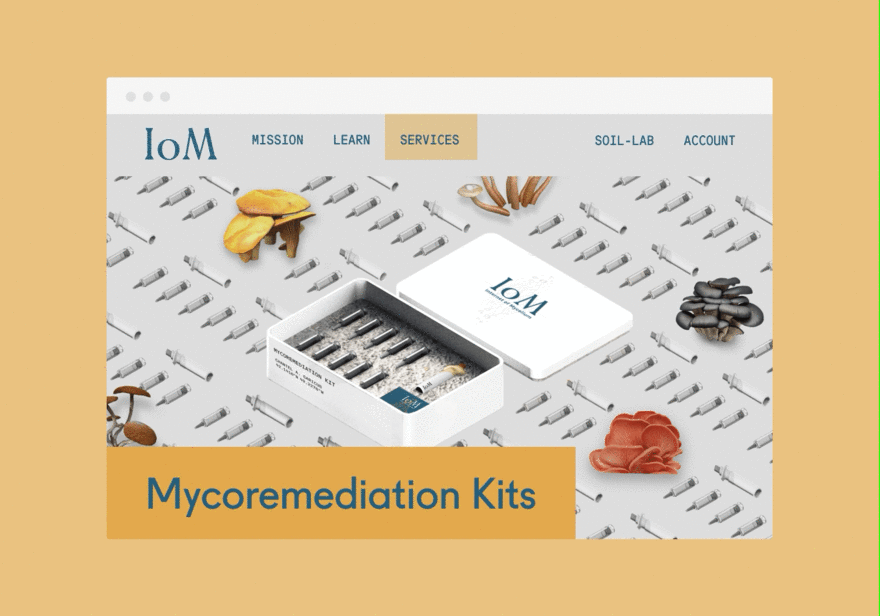
The Internet of Mycelium (IoM) is a research and design project on human collaboration with mushrooms. Chen used a holistic approach through mycoremediation to regenerate urban soil ecosystems. Mycoremediation is the process of growing mushrooms to remove toxins in soil and plants. The ability of an organism, in this case fungi, is used to break down these toxic substances. Also, the nutrients necessary for the recovery of the soil are replenished by using the root system of the fungus as a nurturing and protective infrastructure in the soil.
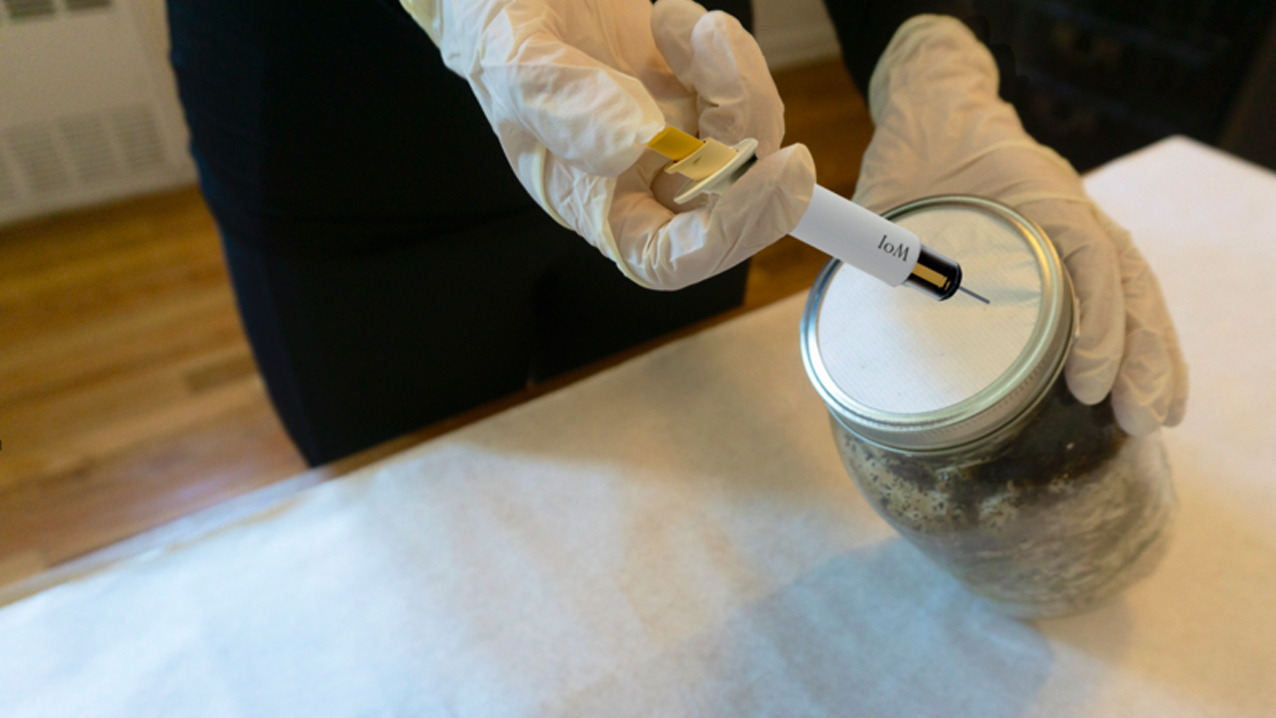
The big challenge was to be able to offer an accessible and affordable solution to smaller users, as soil remediation and cleaning services are often extremely expensive and therefore only accessible to large agricultural companies. And on top of that, most of the current technologies used are highly chemical which ultimately leads to an decrease in soil quality rather than improving it. Chen drew up a three-part service plan which resulted in the IoM. First, the user sends a soil sample to IoM where experts test it on toxicity levels, nutritional status and soil biota compounds. The lab then tests the remediation process with different mushroom strains in order to find a fungus that is personalized to the needs of the soil sample. The entire process, from soil investigation to mycoremediation, takes 12-14 weeks.
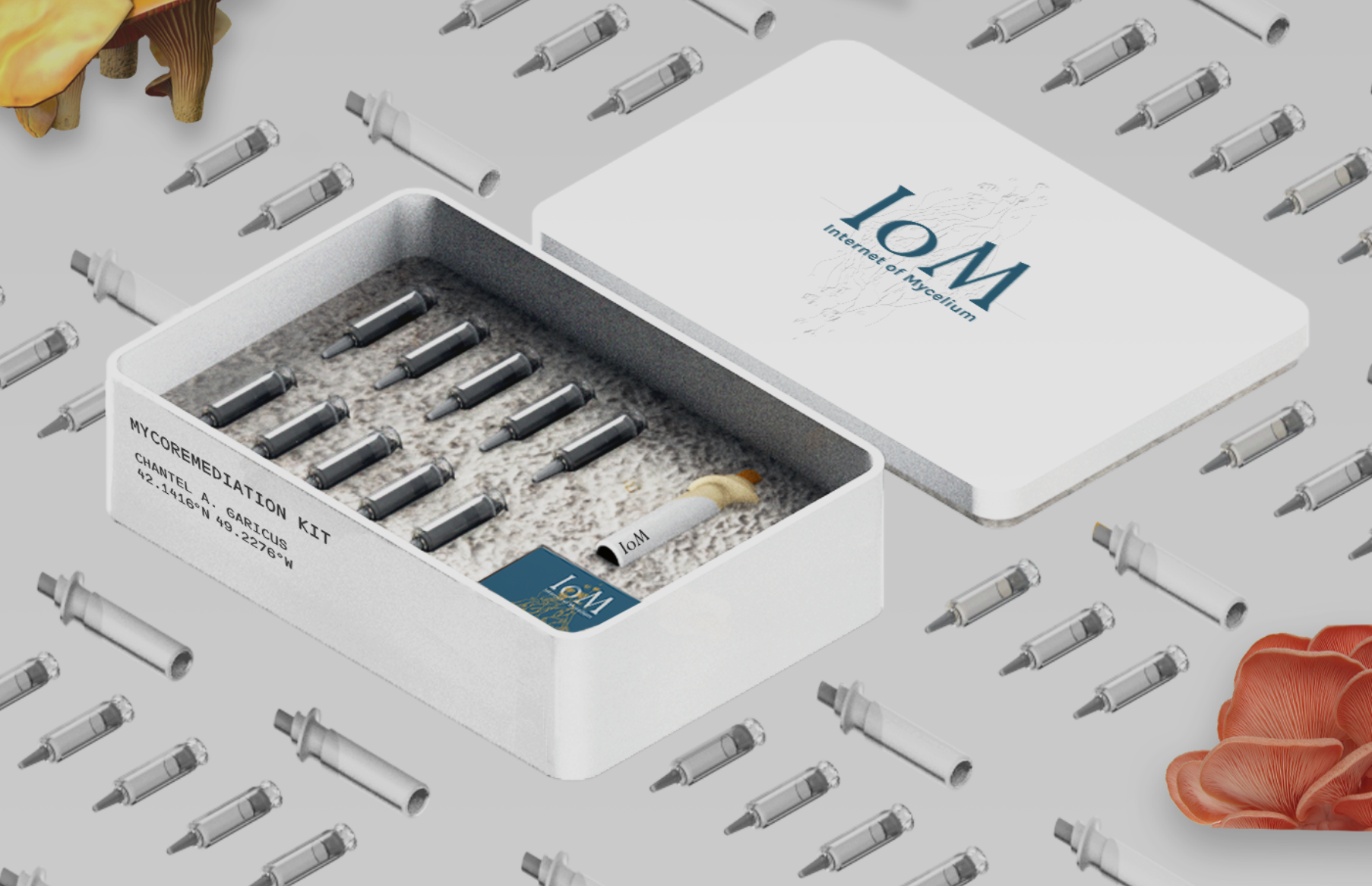
After all data has been provided and tested, a personalized mycoremediation kit containing mushroom spores are sent to the user. These 'trained' mushroom spores already know how to remediate certain soil compositions. The process, which takes about 6-8 weeks, can be tracked in a Myco journal app that has been specially designed to record data and share information. Because in addition to affordability and user-friendliness, collaboration and community formation was also an important point. The Myco Journal app is intended to be able to share all collected data with the IoM community to create a powerful network.
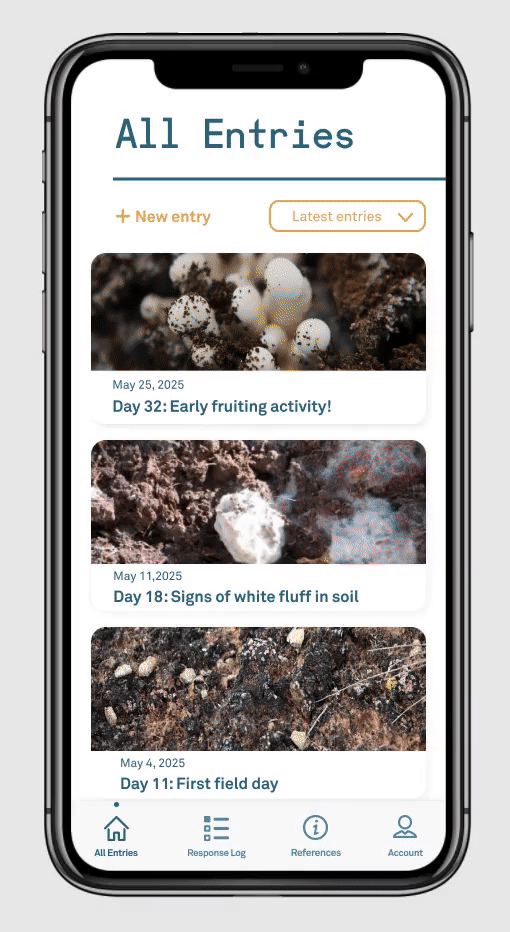
All information extracted from the Myco Journal app is also shared on the Soil Lab section on the IoM website. Soil Lab is a knowledge sharing platform and serves as a growing database of soil information in different locations geotagged from test records. By collecting and publishing this soil information, IoM wants to encourage users to contribute to the growing database and learn from other users as well.
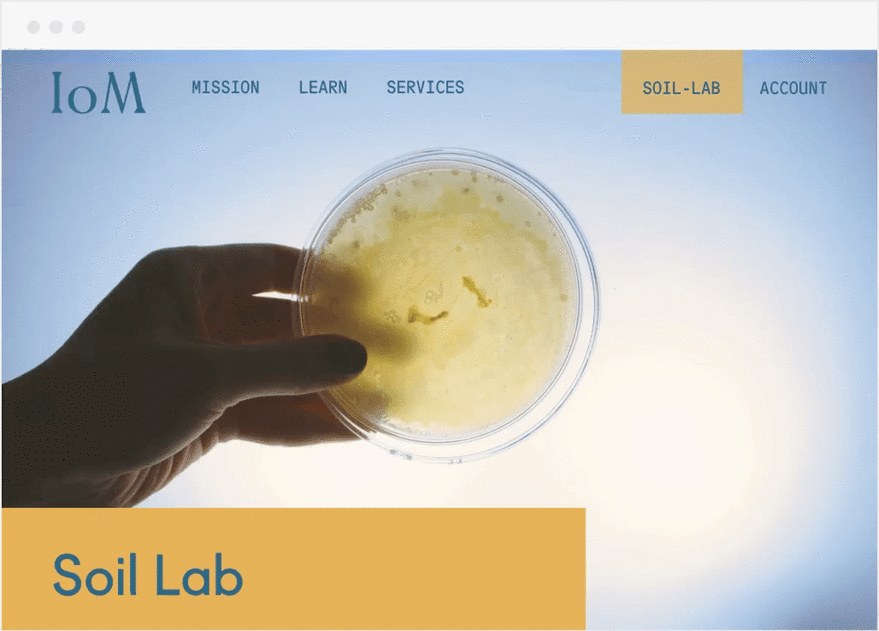
In nature, mycelium serves as nature's internet: the fungal threads provide the ecosystem with important information. Ironically perhaps, because the IoM does the same. The Internet of Mycelium tries to solve current pain points in the existing mycoremediation systems. The sharing of information is central. Chen shows that collaboration can be a big step towards a cleaner and safer environment for everyone.

Share your thoughts and join the technology debate!
Be the first to comment